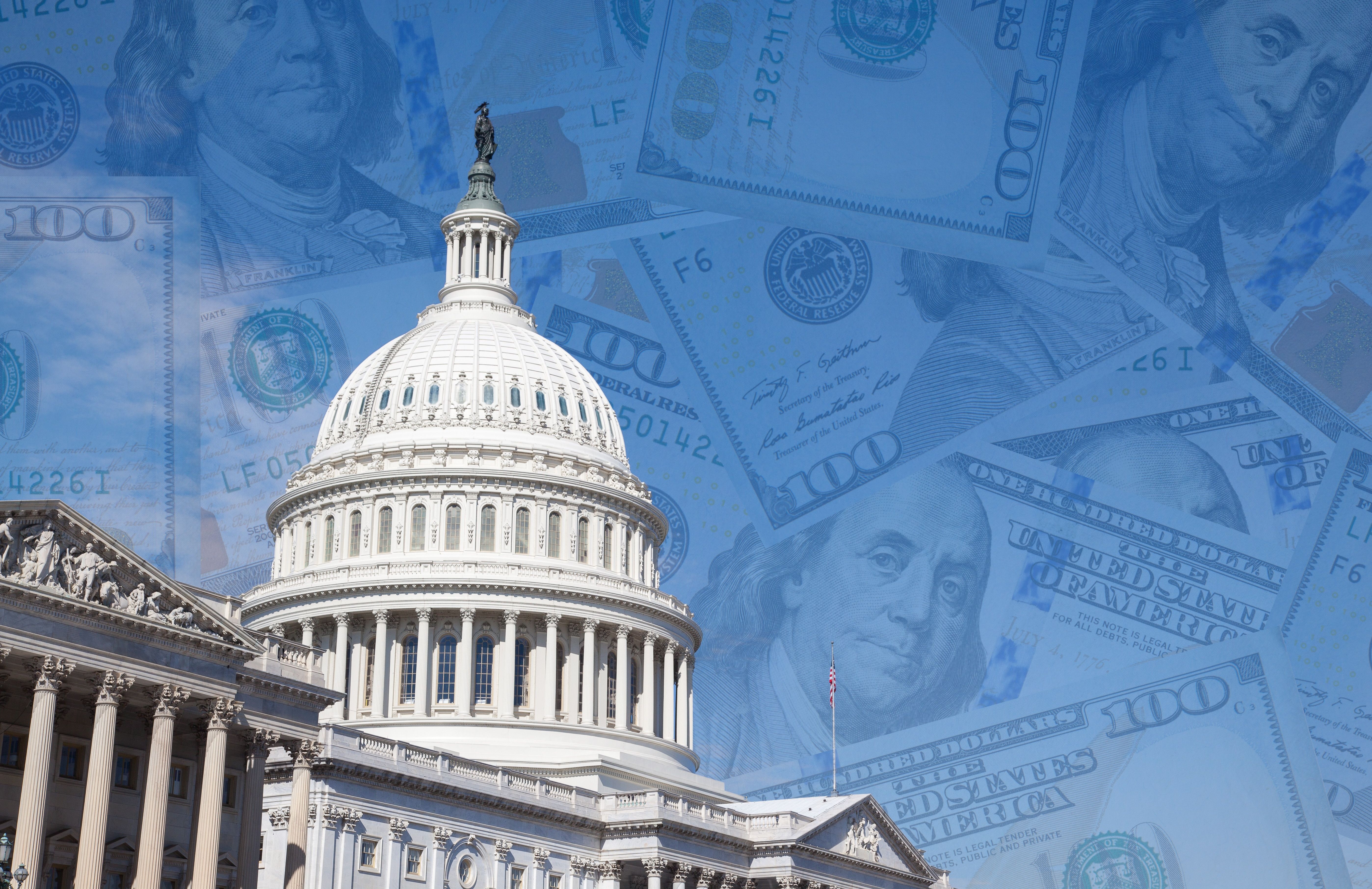At a time of record U.S. weapons sales and many wars, the House Foreign Affairs Committee has decided that Congress should provide less, rather than more oversight of the booming business.
Next week, the committee is marking up the Foreign Military Sales Technical, Industrial and Governmental Engagement for Readiness Act. But don’t be fooled by the mundane title — this bill would mark a major reduction in Congress’s ability to stop dangerous or ill founded weapons transfers to foreign military forces. In short, this proposed legislation would speed up the delivery of deadly weapons while scaling back the ability of our elected representatives to assess the security implications of such transfers.
Because arms shipments are such an important part of warmaking and therefore U.S. foreign policy, current law requires the executive branch to notify Congress of proposed weapons deals over a certain dollar threshold. Congress then has 15 or 30 days — depending on whether the country is a treaty ally or not — to review the transaction before the administration can proceed.
During that review period Congress can pass a joint resolution to block the sale. Doing so is extraordinarily difficult in such a short time, and has in fact never been done. The closest Congress came was in 2019 when both the Senate and the House passed a resolution prohibiting the transfer of precision-guided munitions to Saudi Arabia and the UAE, over concerns that they would use the bombs to further devastate Yemen.
President Trump vetoed the effort, and Congress could not override his veto, showing that the legislative branch needs more, rather than less ability to challenge weapons supply to foreign armies.
But if Congress is not even notified about a sale the administration is planning, there is absolutely no chance it can block the transfer. This arms industry-backed bill the House is marking up raises the dollar threshold for notice to Congress substantially – by 66%! – and would dramatically reduce the number of potential sales Congress is told about each year.
Even without the proposed threshold increase, we know that the volume of deals that fall below Congress’s radar can be significant. The State Department Inspector General documented that over a four-year period at the height of their brutal intervention in Yemen the administration provided more than $11 billion dollars in weapons sales to Saudi Arabia and UAE that fell below the congressional notification threshold. This included equipment that Congress had placed holds on due to concerns over the devastating impact on civilians. Congress was not aware of these transfers at the time they occurred.
So you might ask: What problem is Congress seeking to address with this bill? Why should Congress decide to receive less rather than more information about proposed deadly weapons transfers? Proponents suggest that raising the threshold simply keeps up with inflation and allows U.S. companies to remain competitive.
But U.S. weapons companies already dominate the global arms trade, so the idea that maintaining current levels of minimal congressional vetting will hurt their competitiveness doesn’t pass muster.
Others say that this notification process slows sales down. But the State Department is already approving 95% of government-negotiated Foreign Military Sales (FMS) cases within 48 hours and has seen record increases in both FMS and industry-direct arms sales over the last several years.
In addition to exempting more sales from its own oversight, with this bill Congress would require the secretary of state to take weapons from U.S. government stocks for delivery to foreign forces in cases where the production and delivery of the weapons is taking more than three years. It would achieve this through the use of “Drawdown Authority,” an emergency mechanism used at a very large scale to move weapons from U.S. stockpiles to Ukraine over the past two years.
Specifically, it would require the administration to take weapons from U.S. stockpiles if arms are not delivered within three years of when Congress is notified of a potential sale. This provision would establish an arbitrary time commitment that fails to reflect the many concerns that may arise in the intervening period — such as a change in government, the outbreak of war, or serious human rights violations or widespread civilian harm by the recipient government forces.
It would also prioritize foreign armies over that of the United States. What problem is this addressing? Answer: It would mandate that the United States build up an even larger (taxpayer funded) military industry in order to meet the world’s weapons needs in a timely manner! It would help the arms industry divert more taxpayer funds into its coffers.
In sum, if Congress were to pass this bill, it would have less knowledge of which weapons are being transferred to which countries, and less ability to ensure that transfers are consistent with U.S. law, policy, and interests. Trashing this bill should be Congress’s first step towards taking back more power to review and block foreign weapons deals, not less.- Lawmakers ask Biden to investigate Israel's use of US arms ›
- Buying and selling arms stock while voting on war should be illegal ›
- Whistleblower Josh Paul: ‘Political pressure’ helps Israel skirt US arms rules ›
- New tracking system for US weapons use overseas could be erased in a heartbeat ›
- Why are we continuing to sell arms to repressive regimes amid a pandemic? ›
- Congress, don't shut down the chance to do the right thing on war & weapons ›
- Industry: War with China may be imminent, but we're not ready | Responsible Statecraft ›



 Top photo credit: Ngô Đình Diệm after being shot and killed in the 1963 coup (US National Archives)
Top photo credit: Ngô Đình Diệm after being shot and killed in the 1963 coup (US National Archives) 












